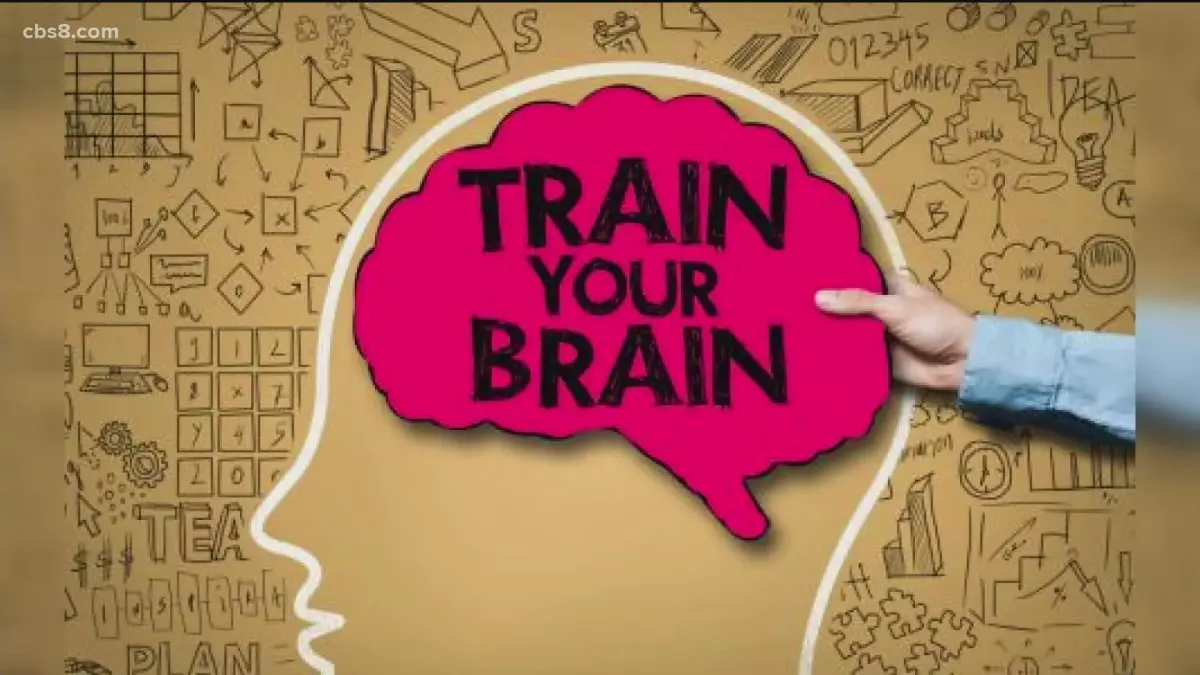Innovative Ways to Use Technology for Learning
As the world moves towards an increasingly digital era, technology continues to revolutionize many aspects of our lives, including learning. Education has significantly benefited from technological advancements, enhancing the teaching and learning process for both educators and learners. Here are some innovative ways technology can be used for learning.
1. Gamification
Gamification involves leveraging the social/competitive aspects of games in an educational context. By incorporating game dynamics into learning material, educators can increase student engagement and motivation. Besides, it makes complex or dry topics more appealing and understandable.
2. Mobile Learning
Also known as m-learning, mobile learning is a practice that allows students to consume educational content on their phones, tablets, or any other mobile devices. It promotes flexibility as learners can access resources anytime and anywhere. Various apps can aid in different topics, from language learning to coding, and everything in between.
3. Virtual and Augmented Reality
Virtual Reality (VR) and Augmented Reality (AR) provide immersive learning experiences, transporting learners to different environments or events. This kind of technologically enhanced learning can help students understand complex concepts in subjects such as science, history, or architecture.
4. Artificial Intelligence and Adaptive Learning
Artificial intelligence (AI) has a significant impact on personalized education. AI-driven adaptive learning systems provide personalized content based on the learner's pace and level of understanding, enhancing their learning experience. These systems evolve as students learn, continually assessing performance to pinpoint areas of weakness or strength.
5. Collaborative Learning Tools
Online platforms like Google Classroom, Microsoft Teams, and Zoom enable learners and educators to share files, collaborate on documents, and interact, fostering community-based learning. This collaborative approach helps develop skills such as teamwork, communication, and problem-solving.
6. Online Formative Assessments
Through online platforms, educators can perform real-time assessments to track a learner’s progress, providing immediate feedback. This practice allows instructors to adjust teaching methods as necessary, making learning more effective.
7. Learning Management Systems
Learning management systems (LMS) like Moodle and Blackboard help educators manage course materials and assess student performance in a centralized digital environment. These tools enrich the online learning experience by providing easy accessibility to resources and a platform for interaction between peers and instructors.
Technology continues to reimagine the field of education, offering exciting possibilities for more engaging, effective, and personalized learning. Embracing these innovations can lead to improved outcomes and prepare students for a future increasingly shaped by technology.
Conclusion
Technology has introduced a new dimension to learning. Therefore, it is recommended for all educational institutions to incorporate these innovative tools and techniques into their curriculum to foster a learning environment that is more engaging, interactive, and efficient for everyone.










